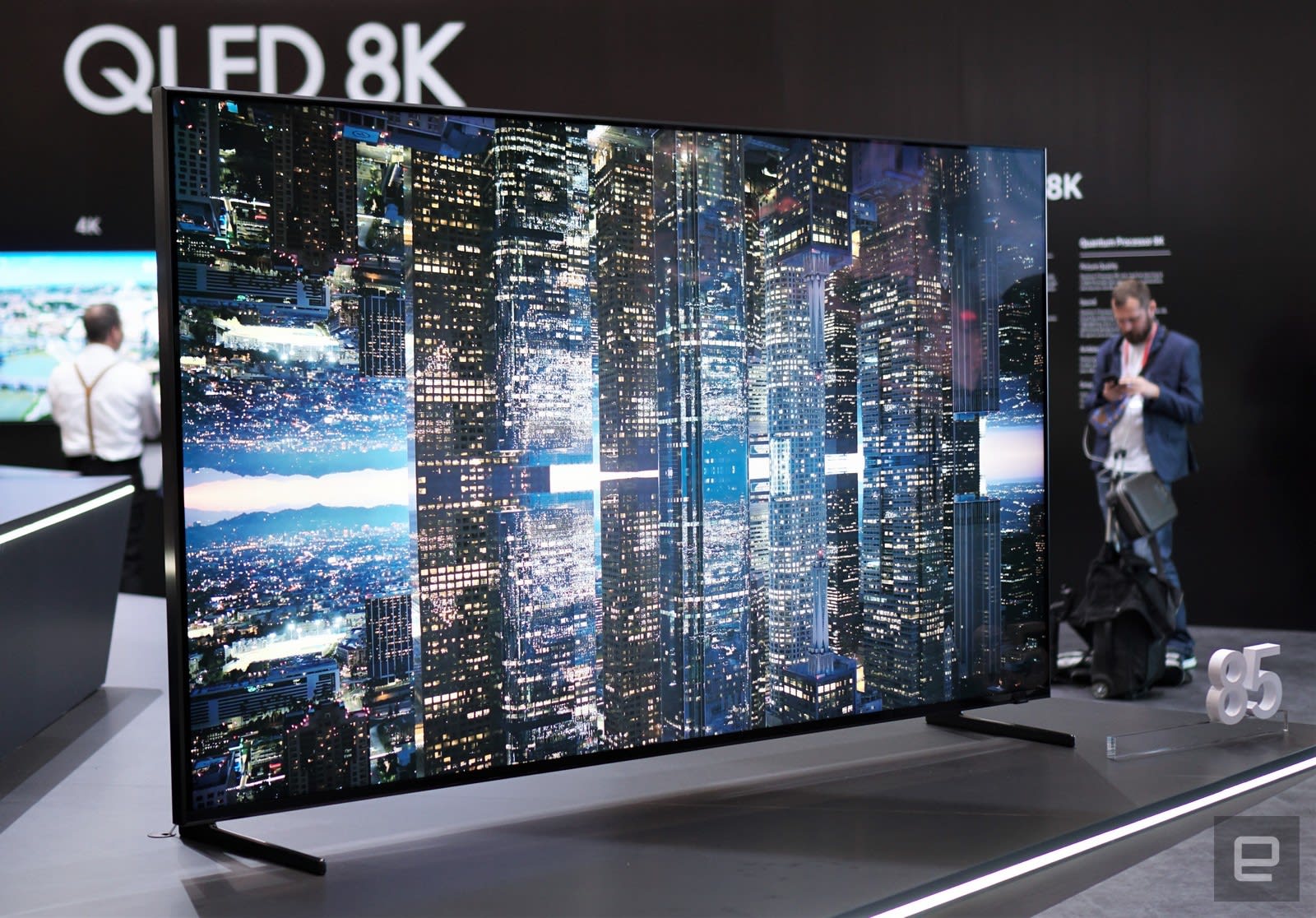
Just as were starting to get cozy with the still vastly unavailable XQD format, the CompactFlash Association is back with version 2.0 of the spec, which it says could provide transfer speeds of up to 8 Gb/s (1,000 MB/s). You'll need to have access to a PCI Express 3.0 interface in order to take advantage of that throughput, however -- a boost from the 5 Gbps offered with the previous-gen solution. XQD 2.0 is still under development, with Sony footing the bill, and the organization is welcoming "additional participation" as it works to refine the standard. There's no saying exactly when we'll start seeing devices that employ the new tech, though CFA is aiming to make the spec available "in the second half of 2012." Cards that utilize the new format will enable video capture at higher bandwidth that the SD and CF media of today, and while we seem to be managing just fine with the current stock for capturing 1080p, faster storage will certainly be welcome in the future, once 4K, and perhaps even larger formats, make their mainstream debut.
Continue reading CompactFlash Association develops XQD 2.0 spec, promises up to 8 Gbps throughput
Filed under: Digital Cameras, Storage
CompactFlash Association develops XQD 2.0 spec, promises up to 8 Gbps throughput originally appeared on Engadget on Wed, 25 Jul 2012 20:59:00 EDT. Please see our terms for use of feeds.
Permalink | |
Email this |
Comments
 Samsung has fired a shot in a brewing 8K standards war by announcing that its 8K QLED TVs will be among the first to be certified by the fledgling 8K Association (8KA) sometime next year. That means the sets will hit a minimum 7,680 x 4,320 resolutio...
Samsung has fired a shot in a brewing 8K standards war by announcing that its 8K QLED TVs will be among the first to be certified by the fledgling 8K Association (8KA) sometime next year. That means the sets will hit a minimum 7,680 x 4,320 resolutio...
 Samsung has fired a shot in a brewing 8K standards war by announcing that its 8K QLED TVs will be among the first to be certified by the fledgling 8K Association (8KA) sometime next year. That means the sets will hit a minimum 7,680 x 4,320 resolutio...
Samsung has fired a shot in a brewing 8K standards war by announcing that its 8K QLED TVs will be among the first to be certified by the fledgling 8K Association (8KA) sometime next year. That means the sets will hit a minimum 7,680 x 4,320 resolutio...
 PCI Express 5.0 has barely been finalized, but that isn't stopping its creators from dreaming about what comes next. The PCI Special Interest Group has unveiled a PCI Express 6.0 specification that should deliver up to a blistering 256GB per second...
PCI Express 5.0 has barely been finalized, but that isn't stopping its creators from dreaming about what comes next. The PCI Special Interest Group has unveiled a PCI Express 6.0 specification that should deliver up to a blistering 256GB per second...







